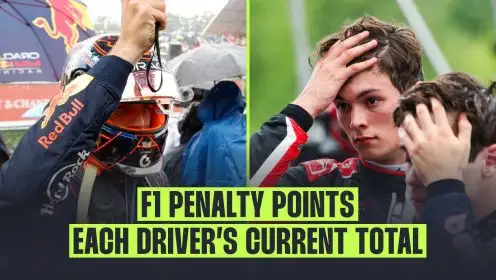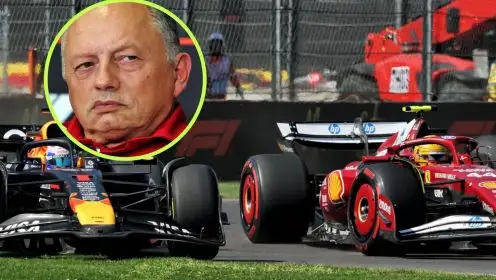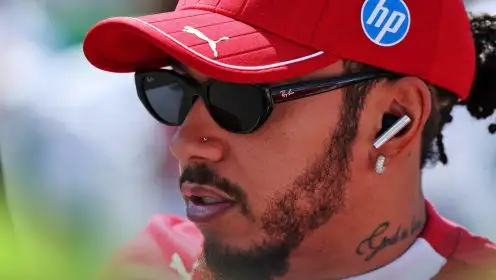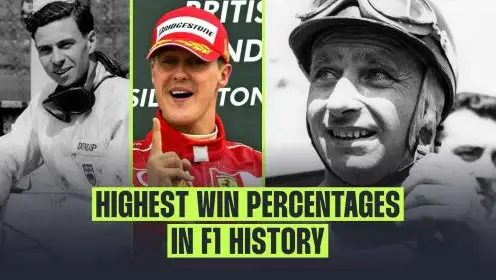How Lewis Hamilton’s telemetry data justifies Mexican GP penalty
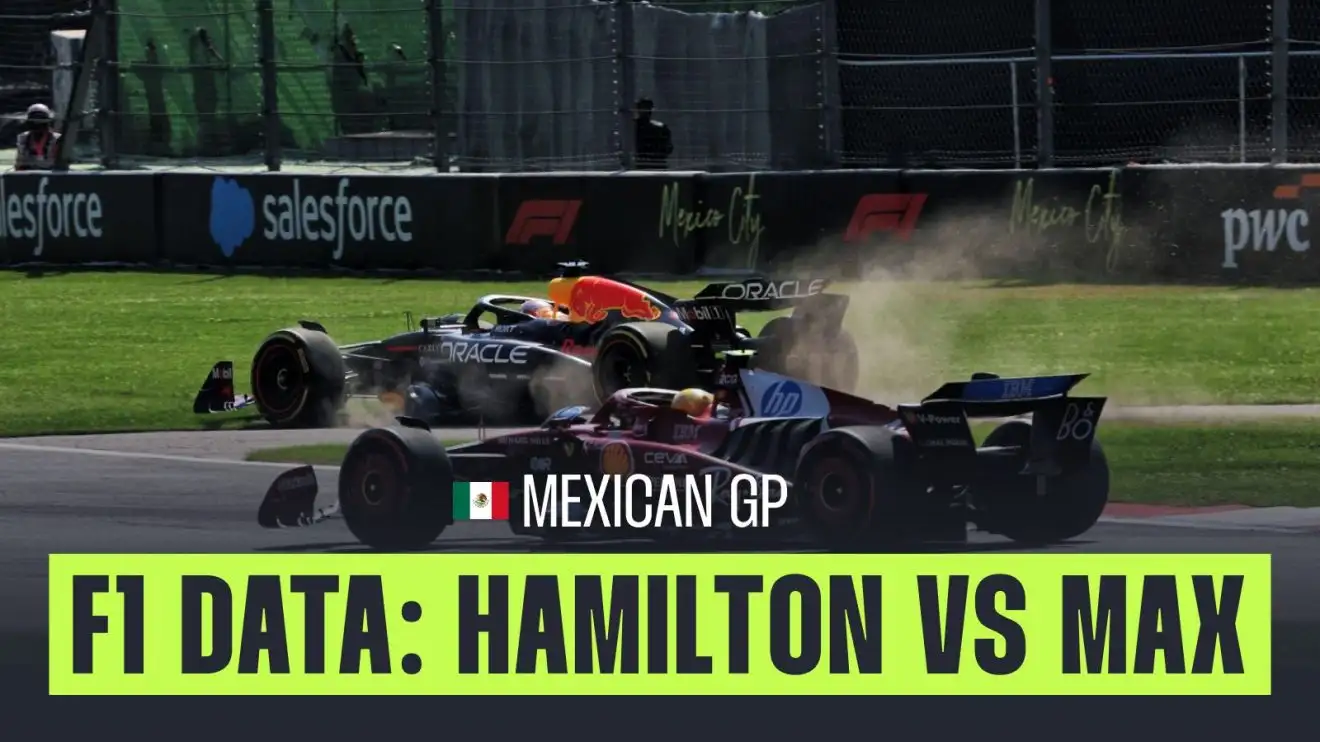
Max Verstappen and Lewis Hamilton went to battle during the 2025 Mexico City Grand Prix
The Mexican Grand Prix briefly brought us back to the unforgettable 2021 season, with a very tight fight for position between Lewis Hamilton and Max Verstappen, in which after contact, it was Lewis who came off worse.
Telemetry data provides us with a new angle on their battle as well as on Verstappen’s incredible drive in the second half of the race, which put him very close to a real chance for P2.
New look at Lewis Hamilton vs Max Verstappen incident
Verstappen was the only one among the top seven drivers to choose to start the race on medium tyres. This was a somewhat unexpected decision, given how important track position and therefore the race start are for the final outcome in Mexico.
What worked in his favour, however, was the fact that he was starting from the cleaner side of the track, just like all the drivers with odd-numbered grid slots. This is a very important characteristic of the Mexican circuit, as the dust on the track can significantly affect grip, something that was already very obvious during the first free practice sessions of the weekend.
The Dutchman took full advantage of this. He had a better start than George Russell ahead of him, who was on the dirty side of the grid, and managed to get fully alongside before the entry into Turn 1. Then came a rather ambitious move around the outside, which did not end as planned.
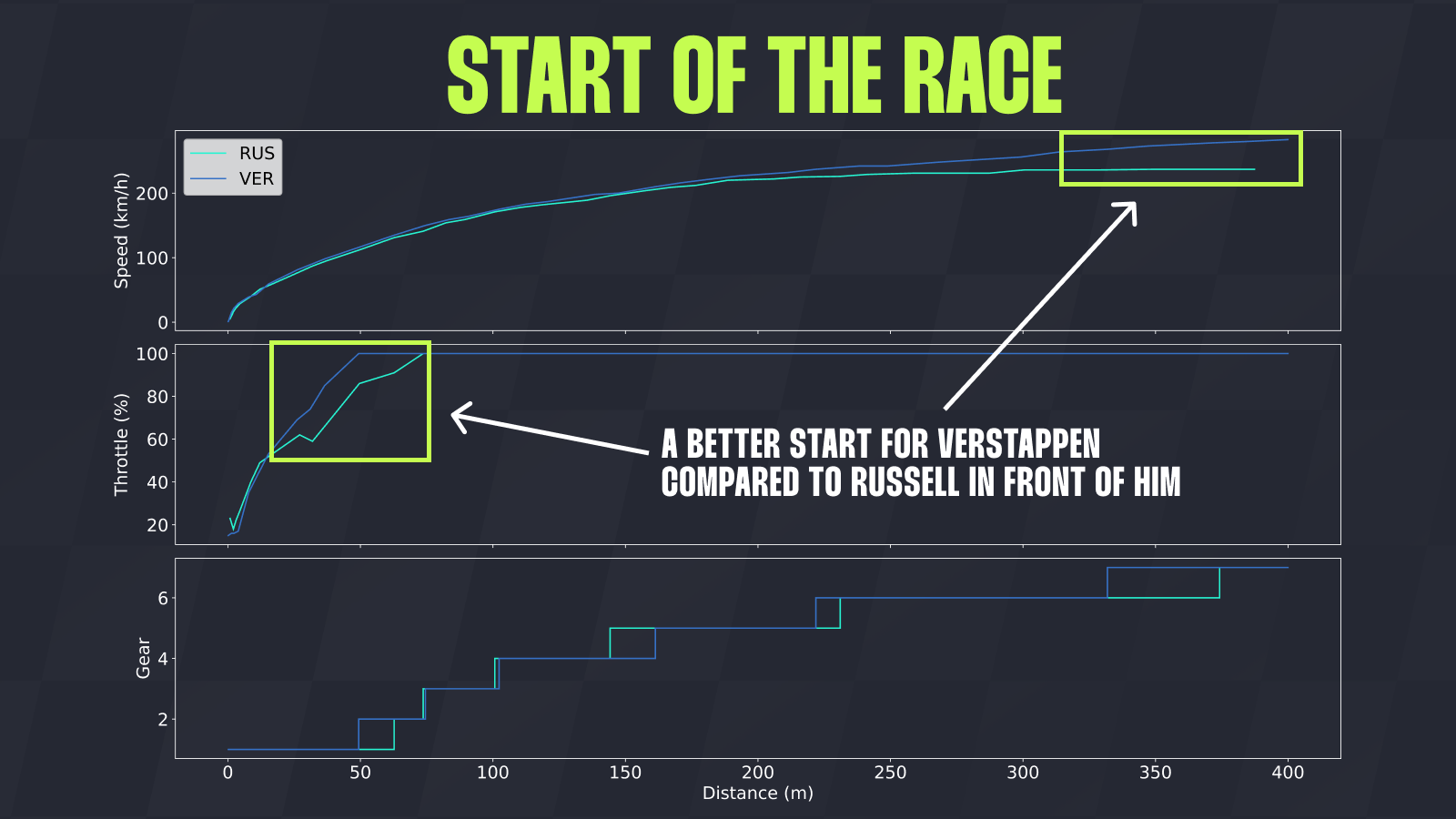
Luckily for Max, he somehow managed to keep control of the car through the grass, avoid hitting the wall, and rejoin the track in exactly the same position he had held after losing control under braking. Although Russell wasn’t happy about it, Max didn’t actually do anything outside the FIA regulations.
The next target in front of him was Hamilton — a very familiar rival. Their duel on Lap 6 caused chaos on the track, involving Oliver Bearman in the Haas as well as Russell.
Entering Turn 1 on Lap 6, Max was very close to Lewis, and the advantage of his top speed on the straight was big enough for him to launch an attack. The Dutchman was brilliant under late braking and was just ahead of the Briton at the apex of the corner. That’s when contact occurred between the two, forcing Lewis to go off track, while Verstappen kept control of the car and stayed within the white lines.
The telemetry graph below shows Max’s Lap 6 braking compared with the previous lap (white), clearly showing how much later he actually braked into Turn 1.

The fact that Max was ahead and that he managed to maintain full control of the car made this incident fully legal.
But Lewis didn’t want to simply give up, and he tried to retake the position already in the following corner — unfortunately, unsuccessfully. Under braking into Turn 4 he locked the front-left tyre, which forced him off the track again. The controversial moment is that Lewis did not return to the track using the designated re-entry route, gaining an advantage over the driver he was battling — something that can also be clearly seen on the telemetry.

This is precisely why Lewis was handed a 10-second penalty, which effectively ruined his chances of fighting for the first podium with Ferrari.
More Mexico City GP talking points from PlanetF1.com
👉 Why FIA deployed Virtual Safety Car amid thrilling Mexican GP finale
👉 Liam Lawson ‘could have killed’ Mexican GP marshals as scary unseen footage emerges
On the other side, Verstappen, while defending from Hamilton, lost position to Bearman in the Haas, which meant that until Bearman pitted, Max would remain stuck behind him in dirty air. This is when the fact that he started the race on medium tyres came into play, allowing him to stay out longer than most of his rivals.
Although at that moment the strategy seemed somewhat strange — Verstappen was clearly slower than the drivers who had already changed tyres — it turned out to be a positive move in the end.
After completely wearing out his mediums, Verstappen came in for new softs and rejoined the race eight seconds behind Hamilton, who had meanwhile served his 10-second penalty. With much fresher and faster tyres, it didn’t take Max long to catch him and overtake.
The next group of cars ahead of him consisted of both Mercedes, Oscar Piastri and Bearman. Verstappen was noticeably faster at that stage, but overtaking multiple cars in Mexico is anything but easy.
Fortunately for him, just as he was catching them, Kimi Antonelli and Piastri went into the pits, forcing Russell and Bearman to react as well. Now Max was again in clean air, ten seconds behind Charles Leclerc, his next target.
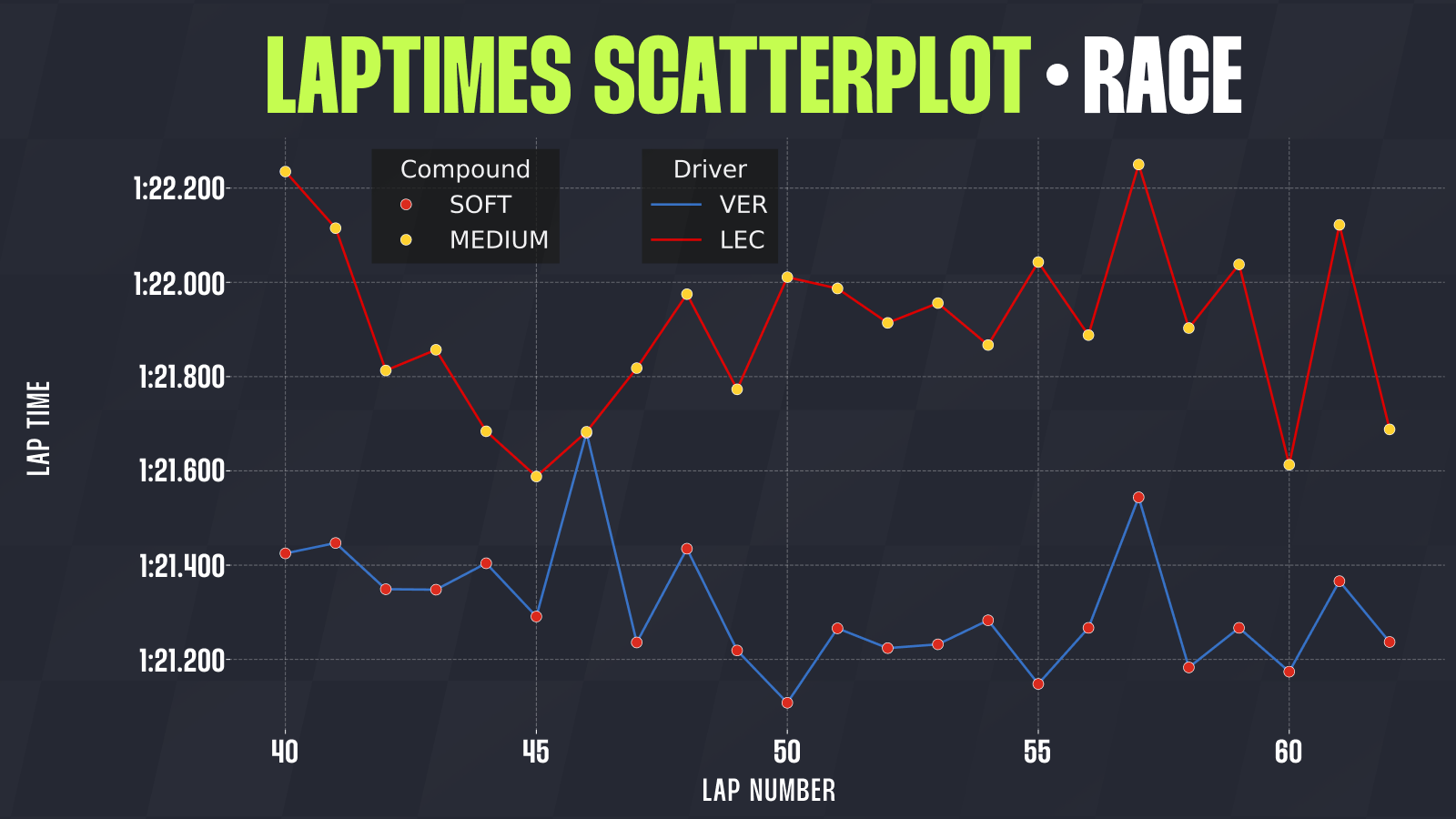
The telemetry graph above clearly shows just how much faster Max was — around 0.7 seconds per lap compared to Leclerc on mediums. That would have been enough for him to catch up two laps before the end of the race and go for an attack.
He would have almost certainly had a very strong chance had it not been for the Virtual Safety Car triggered by Carlos Sainz retiring in the very lap when Max was preparing to attack. Unfortunately, this cost him three additional points, which are extremely valuable in the championship fight.
The Mexican Grand Prix once again showed the magic of Verstappen — his ability to dance on the thin line of the regulations and somehow always remain on the right side of them. His team also did an excellent job with strategy, and had he been just a little luckier, the Dutchman would almost certainly have maximised his result in this race.
Read next: Lando Norris booed out of Mexico City GP stadium after crucial win


